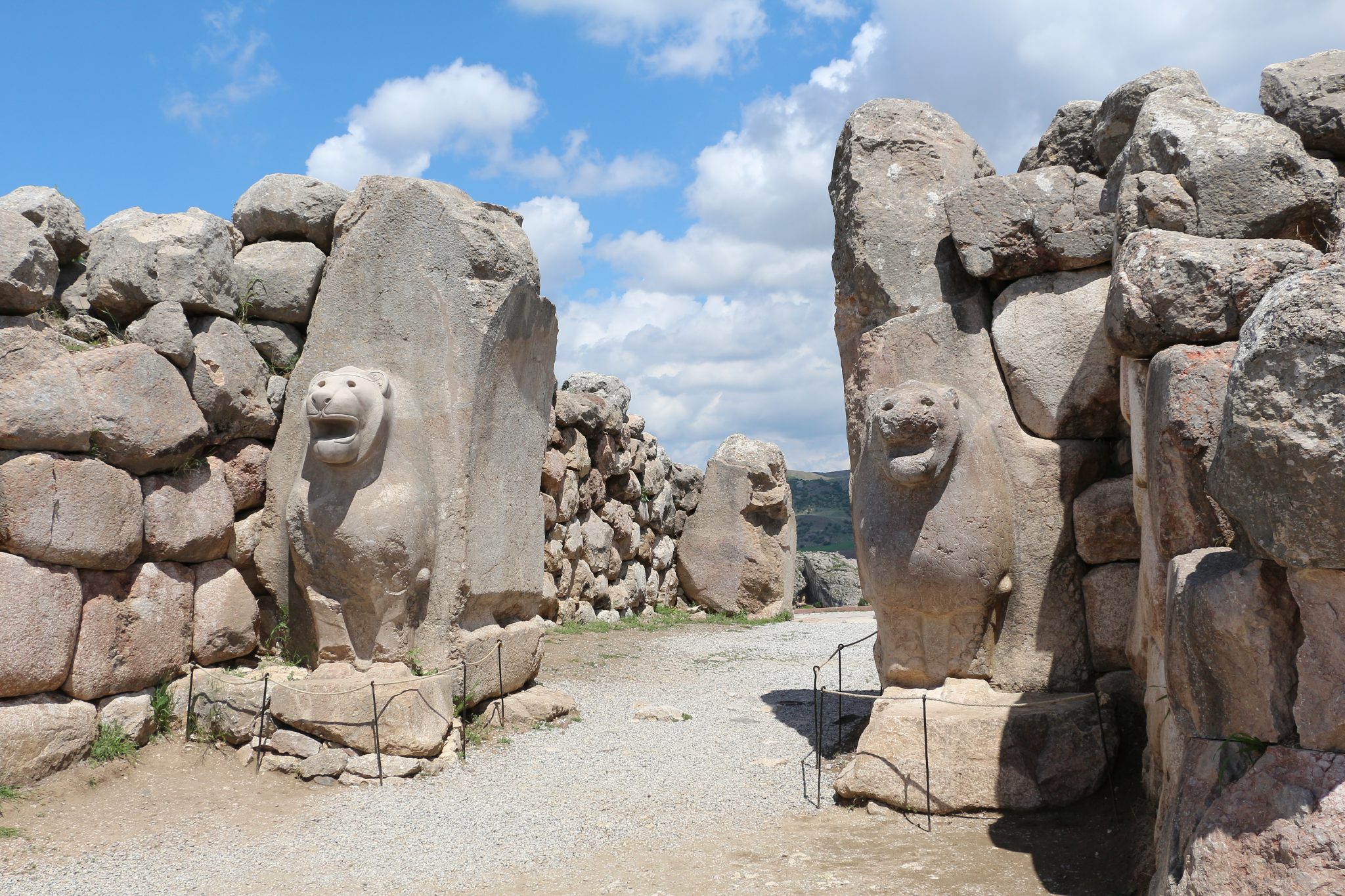The Labours of Hercules reliefs from the Villa Chiragan, Musee Saint-Raymond Toulouse (France)
In honour of Twitter’s international Museum Week (#MuseumWeek), I invite you today to discover some of my favourite sculptures from the collections of the Musée Saint-Raymond in Toulouse (France). The museum is among the best and richest archaeological museums in France and visitors can discover the Roman town of Tolosa (Toulouse in Roman times), the sculptures discovered at the Villa Chiragan and the remains of a necropolis from late antiquity. Its collection, spread over three floors, gives a fascinating glimpse of the history of Toulouse and its area. Known since the 16th century, the first excavations at the Villa Chiragan were conducted in 1826. The villa was occupied for over four centuries, from the end of the 1st century BC to the early 5th century. Dozens of Roman marble portraits were unearthed as well as a unique ensemble of reliefs depicting the twelve labours of Hercules. The reliefs date from the end of 3rd century AD, during the time of the first Tetrarchy (‘Rule of Four’) instituted by Emperor Diocletian. The empire was effectively divided in two, …

